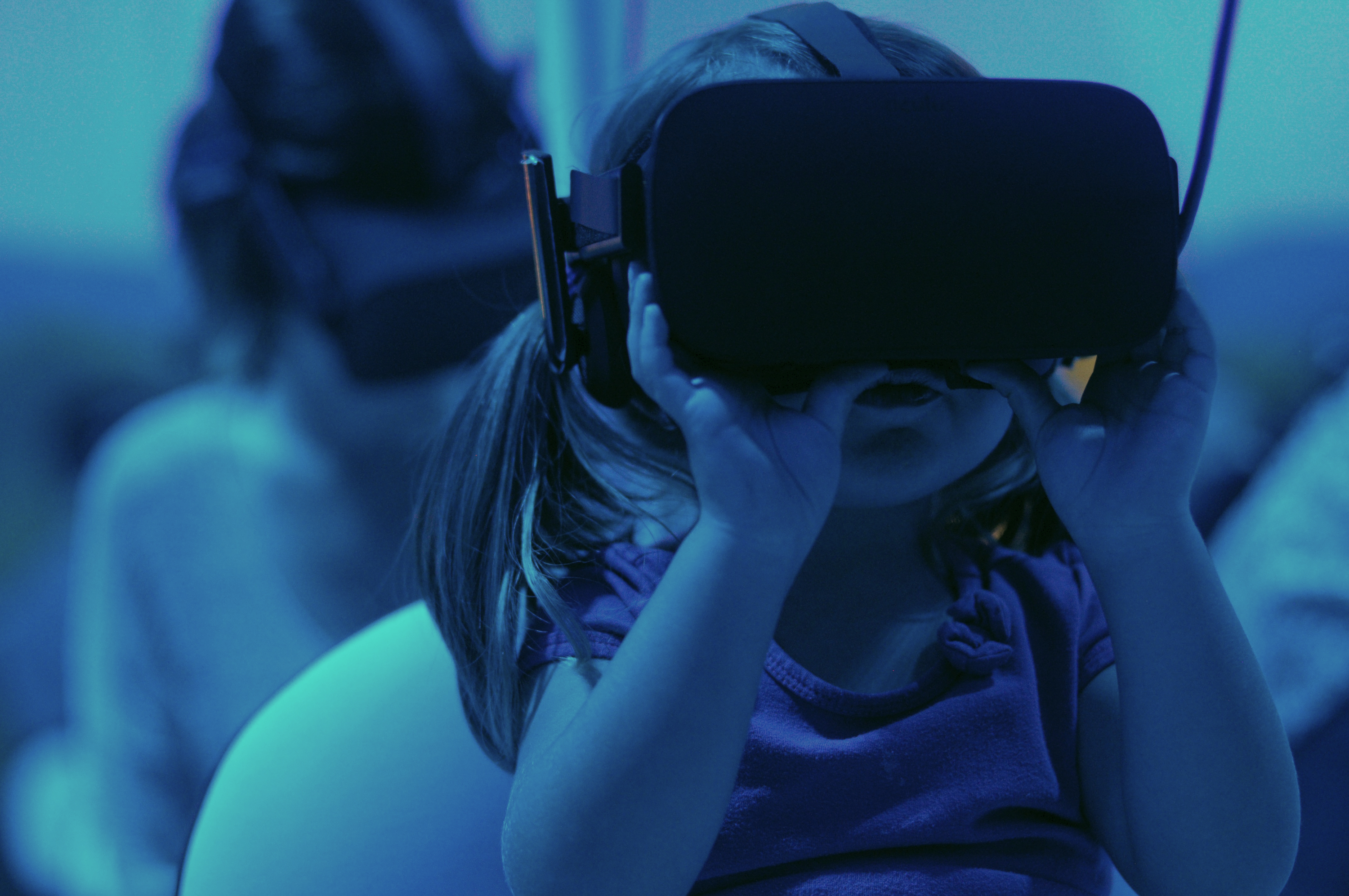This initiative gives guidance for caregivers and anyone who wants to enable kids to flourish on a flourishing planet.
The site is under construction and released as a beta for you who want to share what you want to see on the site. If you have ideas, please do get in touch!
Together we enabled the next generations to flourish


HOW | SOLUTION OVERVIEW
Reimagining solutions
What comes to mind when hearing "sustainability"? Recycling? Eco-labels? Reducing plastics? Renewable energy?
While such efforts to 'do less bad' are part of the equation to sustain, science shows they alone are far from enough to reach climate goals. They don't change anything from the ground. In fact, if used in the wrong way, they may even make things worse as they can spur more consumption when marketed as 'green'.
To simplify for those who want to act differently and help kids to not only 'do less bad' and sustain but also 'do more good' and flourish, this section shows practical inspirational examples of solutions to rapidly get started.
Informed by research and driven by children's curiosity, playfulness and awe of the wonders of life, these solutions aim to nurture kids' personal growth and appreciation of nature, creativity and science. By doing so, they help children to realise their best selves while empowering them as thoughtful and creative participants in society, supporting the shifts in mindsets, values, and lifestyles needed to ensure a climate-safe and flourishing future for all.
HOW | SOLUTIONS
Overview
This site gives inspiration for caregivers and anyone who wants to move beyond mainstream sustainability and meet kids' basic needs in a way that is sustainable at global scale, while empowering them as creative and thoughtful participants in society. For a future where everyone not only sustains but flourishes on a flourishing planet.

HOW | SOLUTIONS
Current solution overview
Last updated: August 2025
While many solutions on this site, at this early stage, address younger kids, many of them fit or can be adapted to older kids too. The ambition is to continuously include more solutions to more directly cater for kids at any age.
Note, though, that it can be helpful to primarily focus on the child's individual needs and interests instead of on its age. This way, one can better adapt to a child's individual development and as an adult challenge it to grow further (so called "scaffolding"), rather than limiting activities based on where a child "should be" according to its age.
Want to find solutions yourself? If you haven't already, please check out the framework developed for this site for guidance on how to identify and prioritise relevant solutions.
NEED | | | NEED TYPE | SOLUTION TYPE | PRIMARY AGE | PRIMARY USER |
|---|---|---|---|---|---|
Connect to nature | Personal growth | Outdoor activities, hiking, outdoor apparel | 0-12 years (some for 13-18 years) | Parents, preschools, schools, (cities, companies) | |
Mental growth | Personal growth | Books, active and creative play, games, principles etc. | 0-12 years (some for 13-18 years) | Parents, preschools, schools | |
Creativity & Science | Personal growth | Active and creative play, cultural experiences, books | 0-18 years | Parents, preschools, schools (cultural sector, companies) | |
Smart living | Physical need | Furnishing, clothing, toys | 0-3 years (some for 4-6 years) | Parents (preschools, schools, companies) | |
Nutrition & Health | Physical need | Kitchenware, personal care (recipes planned) | 0-3 years (4-6 years) | Parents (preschools, schools, companies) | |
Participation | Contribution to society | [Planned] | [Planned] | [Planned] |

Popping three sustainability myths
Myth 01: Ensuring a product is sustainably produced is most important for sustainability
Answer 01: The first question that should be asked is what real need a solution tries to solve
While sustainable production is part of the equation, it doesn’t address the root causes of overproduction and excessive consumption. What matters far more is looking at a product from a solution perspective rather than from a problem perspective only, asking: What real needs - if any - does it solve?
Myth 02: Electrification and renewable energy are the key solutions that will save us!
Answer 02: They are only part of the equation since they still don't address root causes
Electrification and renewables are needed, but such solutions still don't address root causes of over-production/-consumption. They may even encourage more material use as they are marketed as 'green'. What is needed are new modern lifestyles fit for the 21st century!
Myth 03: But then sustainability means having to sacrifice, right?
Answer 03: On the contrary - true sustainability means living a more fun and meaningful life!
You might have heard: "We buy things we don't need with money we don't have to impress people we don't like." Instead, living a flourishing life means enhancing quality of life beyond unhealthy consumption - like fostering creativity and spending time in nature with those who matter the most. Giving up that to "keep up with the Joneses" would perhaps be a sacrifice if anything?

HOW | FUNDAMENTAL RETHINK
Reimagining solutions
What comes to mind when hearing "sustainability"? Recycling? Second hand? Eco-labels? Reducing plastics? Renewable energy?
While such efforts to 'do less bad' are part of the equation to sustain, science shows they are far from enough to reach climate goals. They don't change anything from the ground. In fact, they may even make things worse as they can spur more consumption when marketed as 'green'.
This initiative seeks to expand the options for adults who want to act differently and enable the next generations to not only 'do less bad' and 'sustain' but to also become the best version of themselves while participating in shaping a society where they not only sustain but flourish.
If you haven't already, please check out the framework developed for this site for more guidance on how to identify new solutions.








